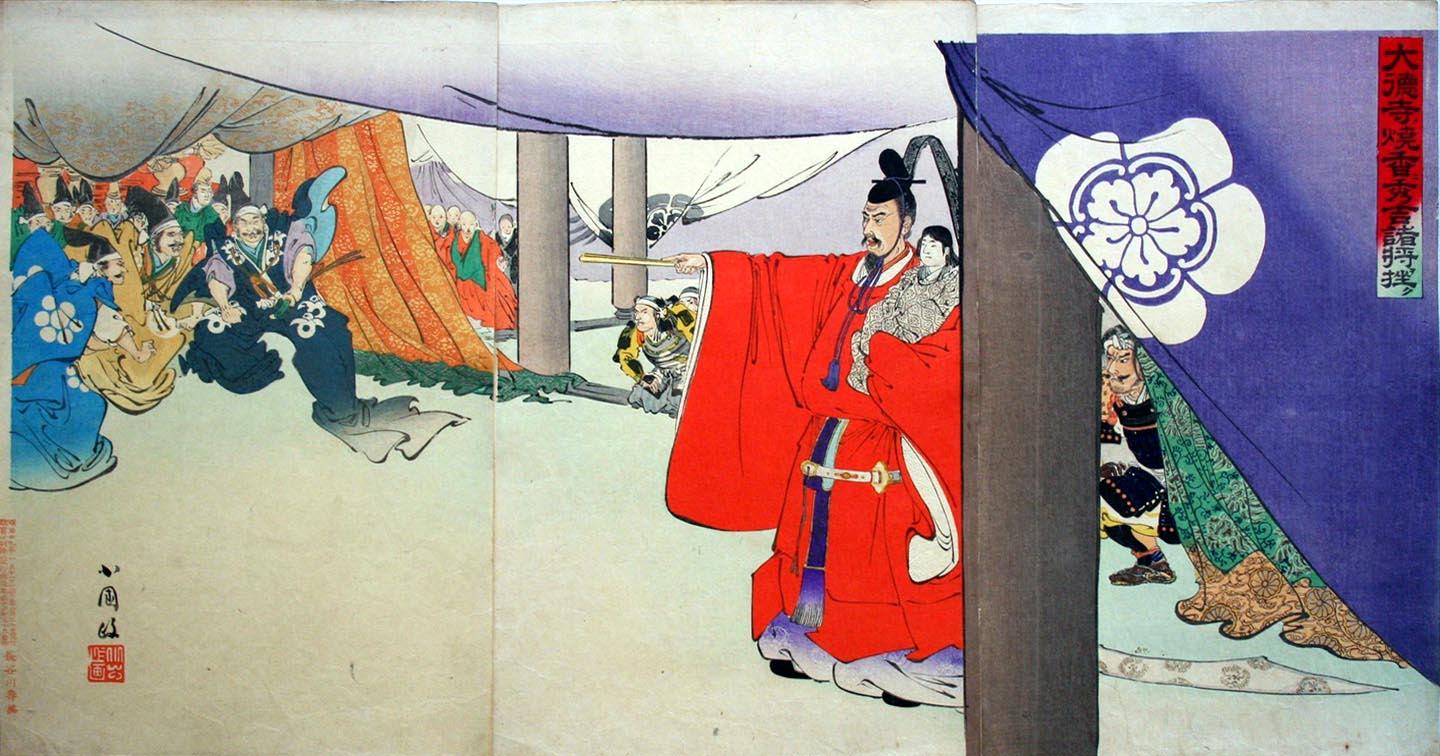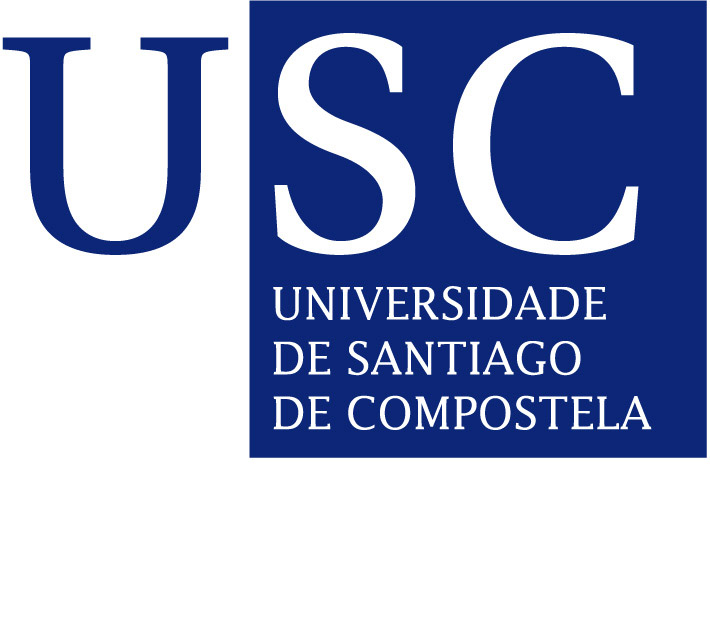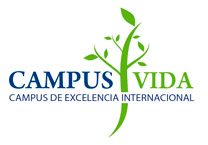
Offering Incense at Daitokuji: Hideyoshi Puts Down the Various Lords or Hideyoshi's Challenge (1896) · Kokunimasa Utagawa | wikicommon
-
New SERS based analytical method allows the detection tof complex mixtures of coloring components not achievable by other techniques.
-
Scientists employed ultrasensitive substrates to transfer water-soluble inks from Meiji period woodblock prints.
Compositional analyses in museum settings faces the adequate preservation of the objects. To reduce the impact of sampling on heritage materials, analytical methods must be extremely selective and sensitive. Researchers form the Center for Research in Biological Chemistry and Molecular Materials (CiQUS) have developed a minimally-invasive method for the discrimination of complex mixtures of color components, reducing the amount of materials removed from cultural heritage objects. Employing ultrasensitive substrates, the team managed to transfer water-soluble inks from Meiji Japanese woodblock prints in one-step procedure.
In Japan ukiyo-e or ‘pictures of the floating world’ became an extremely successful art form and publishing tool, also used for political propaganda. Multicolor prints flourished during the Meiji period, where several technological experimentations occurred, especially regarding the mixing of well-established mineral pigments with newly formulated synthetic pigments. The novel Surface-Enhanced Raman Spectroscopy (SERS) based analytical method, tested on a print by the artist Kokunimasa Utagawa depicting ‘Hideyoshi’s Challenge`, provided new insights into the transitions in color mixing techniques. For example, the unintentional making of an azo sulfonic Ba lake in red areas of the print would be coherent with the intense experimental transition held during the Meiji era. Prussian blue was found to be mixed on several occasions with arsenic sulfides or iron oxide to form new colors. Other colorants revealed the consistent use of traditional organic and inorganic pigments, such as vermilion and carbon black combined with synthetic coloring media introduced in the Meiji period.
"The novel SERS-based sampling strategy allowed us to reach limits of detection that other spectroscopic and chromatographic instrumental methods failed to obtain" said Prof. Massimo Lazzari, Principal Investigator at CiQUS and co-author of the study together with Dr. Daniela Reggio and the conservator Antonio Mirabile. This innovative methodology comprises "the gentle touch-dry removal of small coloring molecules weakly bound to the surface of heritage objects, transferred through a silicone sampler to planar SERS substrates with selected solvents". According to the authors, the new sampling protocol has potential for multipurpose applications on cultural heritage materials and it can be further validated on built heritage.
Reference
Sensing soluble molecules through SERS substrates in one-step procedure: unrevealing the Meiji woodblock printing materials. Daniela Reggio, Antonio Mirabile, Massimo Lazzari. Talanta 254 (2023) 124177. https://doi.org/10.1016/j.talanta.2022.124177


